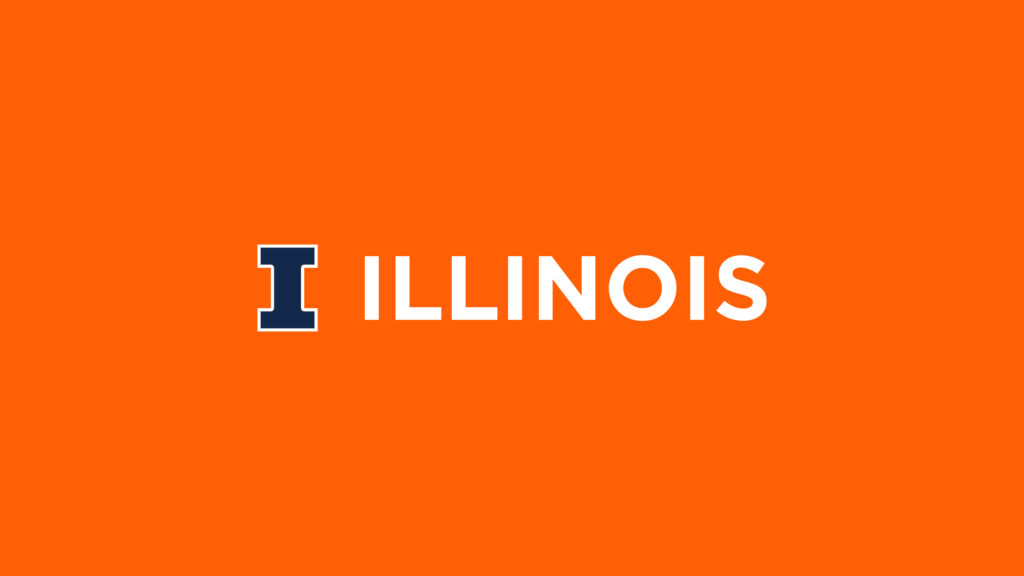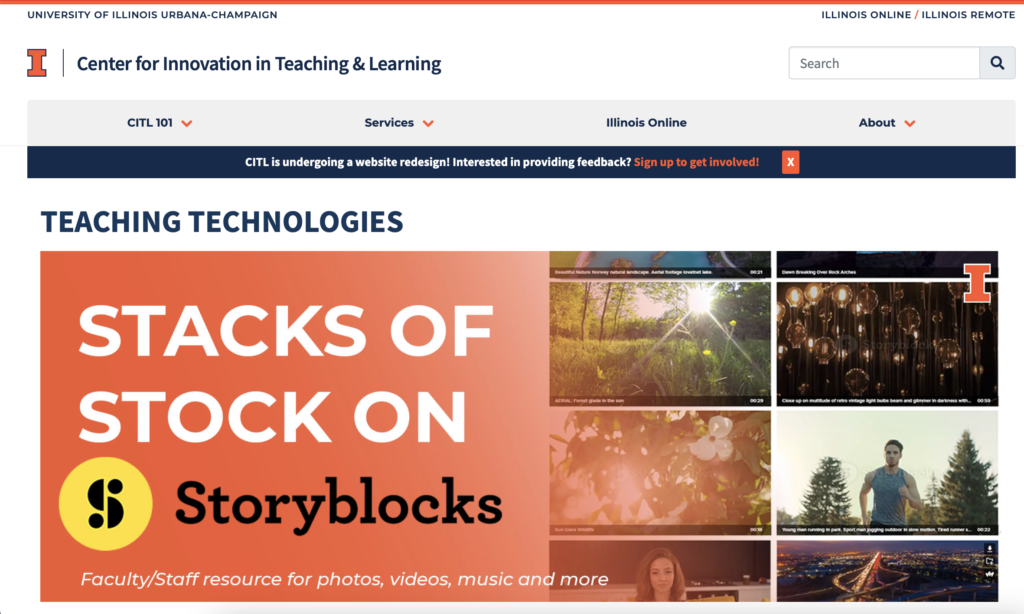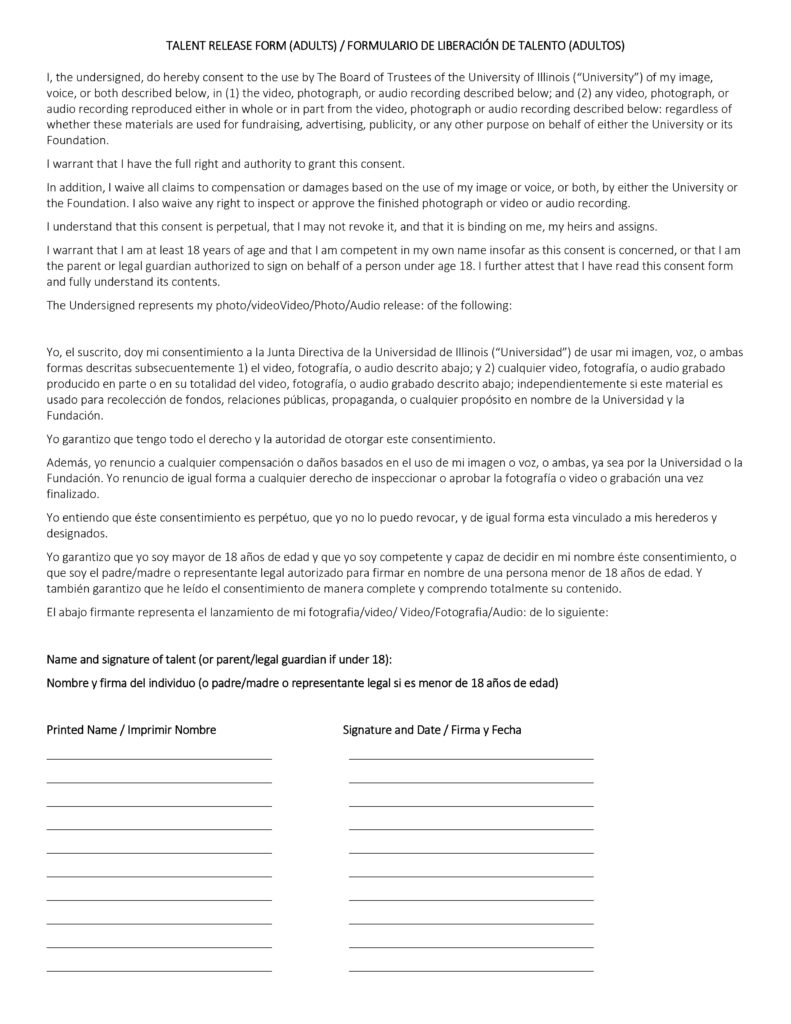Use videos to tell your story.
If every picture tells a story, think of what a video can tell — or, rather, show. Learn about the elements, assets and resources you have at your fingertips to make your videos tell the most compelling and engaging story imaginable.
Video Best Practices
A great concept is just the start. Incorporate the guidelines and suggestions below to produce videos
that tell the most powerful story.
Should your story be a video?
A concept is best realized as a video when the story is fundamentally visual. This includes concepts that benefit or are easier to understand visually or have an emotional core to their message. Videos have a unique ability to have a long-lasting impact on the audience by tapping into themes that range from being heartwarming or comedic to serious or sincere.
If you need to deliver a lot of detailed information, video is probably not the best way to do that.
Location
Shoot your video at a visually interesting location with thematic relevance. Look for larger spaces that emphasize depth but be wary of overly cluttered settings that can distract your audience.
Be aware of some locations on campus where videography is not permitted unless specifically authorized. Examples include classrooms while class is in session, areas where animals are housed or used in research, laboratories or research centers or locations where intellectual property is created. Always check with the related department or unit to ensure a location is approved for a shoot.
Audio
Strong visuals are important, but poor audio can hamper the delivery of your key messages. In addition to choosing a location that is conducive to good sound, be aware of microphone positioning. Getting your microphone as close as possible, while not being in the visual shot, creates better and cleaner audio. Do not just place your microphone on top of the camera, as that distance will sound echoic, thin and distant.
Audience
Consider the audience and tone of your video. The way you present your ideas, concepts and research will be drastically different if you are speaking to experts in your field vs. a wider audience. Generally, the wider your intended audience, the shorter and more to the point your video should be.
Compelling visuals
It is important to be thoughtful in crafting the shots in your videos. Placing a high importance on creating depth in your images with lighting and composition will help to create more compelling visuals.
Diversity and inclusion
Our campus is a diverse and welcoming place made of up individuals from a wide variety of social, cultural, ethnic, religious and economic backgrounds. Videos should accurately reflect this important characteristic and never be manipulated to mislead a viewer.
Accessibility standards
Illinois’ leadership on accessibility issues is a vital part of our brand, and people with disabilities are a core part of your audience. Intentionally communicating with that audience demonstrates our commitment to continuing this legacy and serving all populations. Further, there are legal and campus requirements that we all must meet.
Captioning
If a video is to be made public, it must be captioned. This is required both by law and by University of Illinois policy to make media as accessible as possible.
The university’s IT Accessibility website’s Multimedia Accessibility page describes these requirements in detail and links to campus resources to help with captioning, transcripts, and audio descriptions. Consult that page to be sure you are meeting these important objectives.
Attention to details
Details matter. Avoid clothing with tight/busy patterns or textures that cameras and monitors struggle to reproduce. Avoid showing clothing with logos from other universities or branded food or beverage packaging as it distracts audiences and sends a mixed message. Exceptions can be made when the video highlights a program for which a company or other group partners with the campus.
Respect Copyrights
Copyrighted materials cannot be copied, manipulated or disseminated without written permission of the copyright holder (generally the creator or source of the original work). Videos supplied from the University of Illinois-Chicago, the University of Illinois-Springfield or from non-university entities cannot be altered without written permission from the copyright holder, even if the image belongs to the University of Illinois. Materials pulled from the campus image and video databases are already approved for your use.
Exclusivity
Exclusivity in copyrighting means that the owner of the content (and copyright) enjoys sole rights that cannot be claimed by any other person or organization without explicit permission.
Video Assets
The following video assets will help you deliver a quality, consistent look to your videos. You might also find that your college or unit central office has video assets that have been approved for your use.
Outros/animated outros
You can insert these files at the beginning or end of your video to create a nice, on-brand opening or closer. No altering is required.
Static outros









Animated outros









Lower thirds
Use the lower third files to identify people on screen. When a person appears on a video for the first time, show a lower third graphic for enough time for the viewer to read it twice. Add a lower third only the first time, unless there are numerous speakers identified in the video and a long amount of time elapses between appearances by a given speaker. Never allow the lower third graphic to block
something that the viewer needs to see.






Stock videography
It is not always possible to record all the content needed for a video on your own. Consider these
resources to help fill in any gaps you may find in your production.

Campus video database
Professional quality on-campus video, primarily B-roll, is available to faculty and staff for both instructional and marketing purposes.

Campus image database
This database houses an extensive and ever-growing collection of thousands of images that include people, events, campus scenery and more.

Storyblocks
Storyblocks offers off-campus stock video, still images, music beds and motion graphic templates to faculty and staff for both instructional and marketing purposes.

Release forms
All videographers taking photos on university property or of university events must follow our release protocol and obtain appropriate signed release forms from any student, faculty member, staff person, minor or member of the public who is visibly recognizable as a sustained presence in the video.